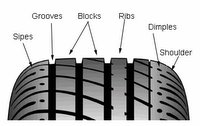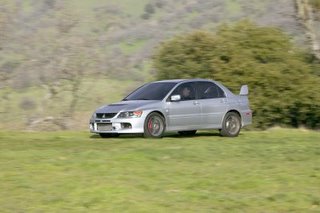Mineral or Synthetic Engine Oil?

Mineral or Synthetic
Mineral oils are based on oil that comes from dear old Mother Earth which has been refined. Synthetic oils are entirely concocted by chemists wearing white lab coats in oil company laboratories. For more info, see the section on synthetics further down the page. The only other type is semi-synthetic, sometimes called premium, which is a blend of the two. It is safe to mix the different types, but it's wiser to switch completely to a new type rather than mixing.
A couple of words of warning:
* If you've been driving around with mineral oil in your engine for years, don't switch to synthetic oil without preparation. Synthetic oils have been known to dislodge the baked-on deposits from mineral oils and leave them floating around your engine - not good. I learned this lesson the hard way! It's wise to use a flushing oil first.
* If you do decide to change, only go up the scale. If you've been running around on synthetic, don't change down to a mineral-based oil - your engine might not be able to cope with the degradation in lubrication. Consequently, if you've been using mineral oil, try a semi or a full synthetic oil. By degradation, I'm speaking of the wear tolerances that an engine develops based on the oil that it's using. Thicker mineral oils mean thicker layers of oil coating the moving parts (by microns though). Switching to a thinner synthetic oil can cause piston rings to leak and in some very rare cases, piston slap or crank vibration.
* Gaskets and seals! With the makeup of synthetic oils being different from mineral oils, mineral-oil-soaked gaskets and seals have been known to leak when exposed to synthetic oils. Perhaps not that common an occurrence, but worth bearing in mind nevertheless.
Synthetics
Despite their name, most synthetic derived motor oils (ie Mobil 1, Castrol Formula RS etc ) are actually derived from mineral oils - they are mostly Polyalphaolifins and these come from the purest part of the mineral oil refraction process, the gas. PAO oils will mix with normal mineral oils which means Joe public can add synthetic to his mineral, or mineral to his synthetic without his car engine seizing up. The most stable bases are polyol-ester (not polyester, you fool). When I say 'stable' I mean 'less likely to react adversely with other compounds.' Synthetic oil bases tend not to contain reactive carbon atoms for this reason. Reactive carbon has a tendency to combine with oxygen creating an acid. As you can imagine, in an oil, this would be A Bad Thing. So think of synthetic oils as custom-built oils. They're designed to do the job efficiently but without any of the excess baggage that can accompany mineral based oils.
Pure synthetics
Pure synthetic oils (polyalkyleneglycol) are the types used almost exclusively within the industrial sector in polyglycol gearbox oils for heavily loaded gearboxes. These are typically concocted by intelligent blokes in white lab coats. These chaps break apart the molecules that make up a variety of substances, like vegetable and animal oils, and then recombine the individual atoms that make up those molecules to build new, synthetic molecules. This process allows the chemists to actually "fine tune" the molecules as they build them. Clever stuff. But Polyglycols don't mix with normal mineral oils.



![[wear]](http://www.carbibles.com/images/wear_patterns.gif)






